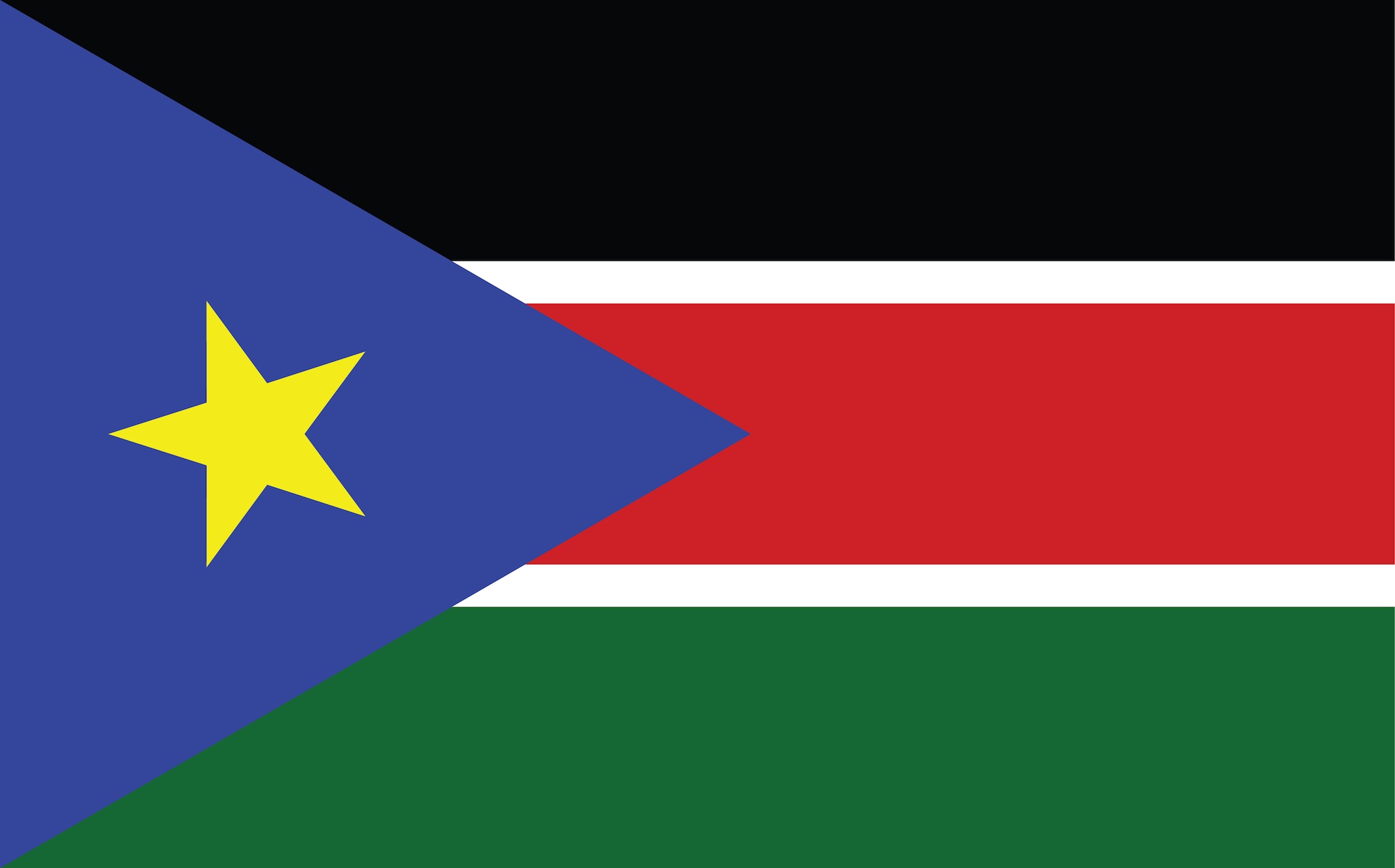At a glance
CDC works with partners in South Sudan to build sustainable public health capacity, strengthen laboratory systems and surveillance networks, deliver high-quality HIV and TB diagnostic, treatment, and prevention services, and respond swiftly to disease outbreaks at their source, preventing health threats from reaching the U.S.

Strategic focus
The U.S. Centers for Disease Control and Prevention (CDC) support to the South Sudan Ministry of Health (MOH) aligns with the U.S. President’s Emergency Plan for AIDS Relief (PEPFAR’s) strategy focusing on people at greater risk for HIV and high burden regions. Program priorities include developing local capacity to deliver quality HIV services, building sustainable laboratory and health information systems, and establishing a functional National Public Health Institute. Leveraging PEPFAR systems to build a reliable and sustainable laboratory network and operationalize a National Public Health Institute will better prepare South Sudan to address major outbreaks and future public health threats.
Read more about CDC's most recent key activities and accomplishments below.
Building public health capacity
- Assisted the MOH in transitioning from paper-based records to a comprehensive and well-designed digital health information system.
- Trained healthcare workers at facility and community levels to build capacity and create a skilled public health workforce capable of delivering and monitoring high-quality HIV services.
Strengthening laboratory systems and networks
- Assisted the National HIV Reference Laboratory in attaining the first and only internationally accredited laboratory in South Sudan.
- Helped three of five laboratories attain a 4-star rating based on the global Stepwise Laboratory Improvement Process Towards Accreditation (SLIPTA) assessment.
- Supported the decentralization of laboratory services through strategic placement of GeneXpert instruments for multi-disease diagnosis and improved early infant diagnosis (EID) and HIV VL testing in hard-to-reach areas.
- Enhanced surveillance to monitor the prevalence and patterns of HIV drug resistance to better inform patient management, resource distribution, and national guidelines.
- Increased biosafety initiatives by supplying laboratories with biosafety materials, conducting trainings, developing standard operating procedures, and ensuring hazardous laboratory wastes are appropriately stored, transported, and safely disposed.
HIV prevention and treatment
- Supported 44,631 PLHIV on ART, 62 percent of PLHIV on ART in FY2024.
- Initiated 8,447 new PLHIV on ART, 54 percent of the 15,437 new ART initiations in FY2024.
- Performed 475,000 HIV tests identifying 6,068 HIV-positive individuals and linking 6,970 to ART (42 percent of new ART initiations) in FY2024.
- Expanded in-country viral load (VL) testing for individuals on antiretroviral therapy (ART). 68 percent of eligible PLHIV (39,381) in PEPFAR-supported facilities received VL testing in FY2024.
Tuberculosis prevention and treatment
- Improved collaboration between the national TB program to boost HIV and TB outcomes. CDC-supported facilities screened 92 percent (41,242) of PLHIV on ART for TB, identifying 741 cases in FY2024. 89 percent of PLHIV completed TB preventive treatment at CDC-supported facilities in FY2024.
By the numbers
HIV
Estimated HIV Prevalence (Ages 15-49)
1.6% (2023)
Estimated HIV Deaths (Age ≥15)
4,600 (2023)
Reported Number Receiving Antiretroviral Therapy (Age≥15)
67,455 (2023)
TB
Estimated TB Incidence
227/100,000 population (2023)
Reported Percent of People with TB and HIV
11% (2023)
Reported Percent of People with TB and HIV
82% (2022)